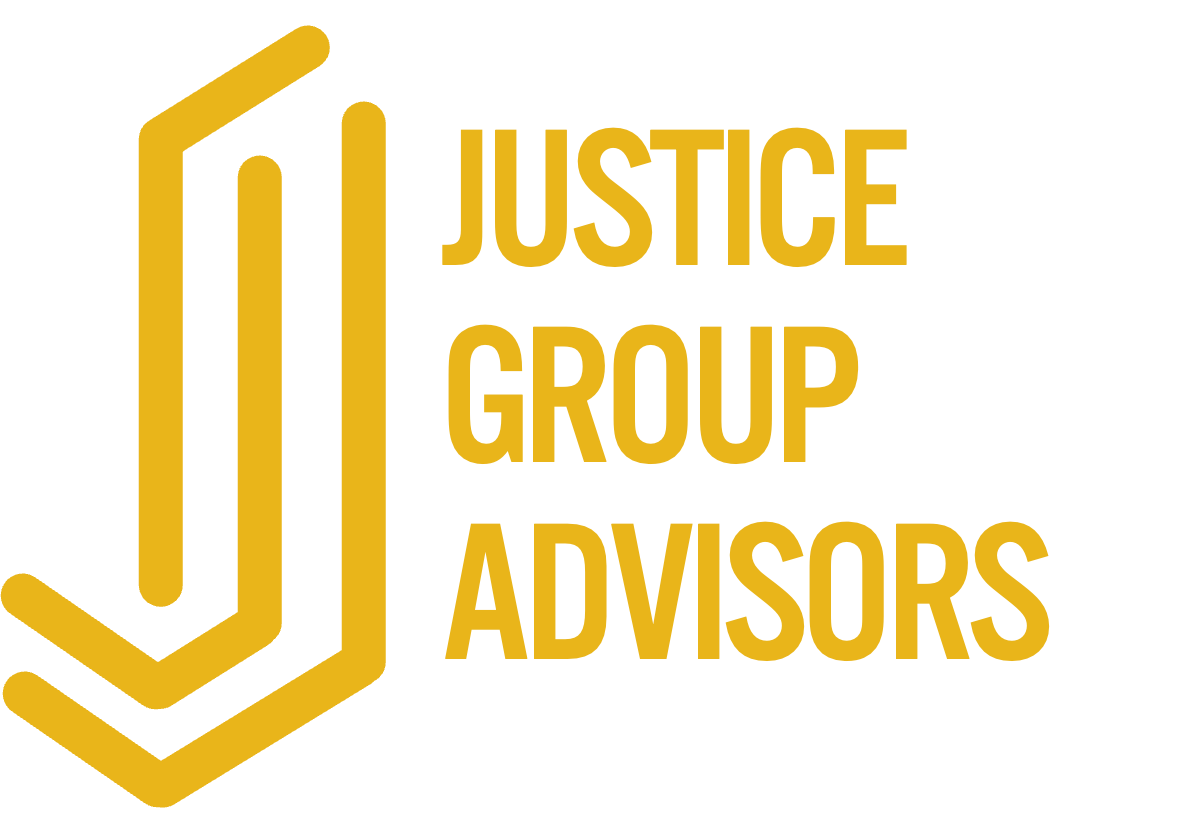Why the Best Listening Strategies Don’t Start with a Survey
You’re doing everything you can to stay close to your managers. You want to understand what’s really going on—what’s getting in their way, what’s quietly eroding performance, what they’re trying to say but maybe can’t. You want to lead with insight. To anticipate problems before they escalate. To respond in a way that actually helps.
So, you listen. You run a survey. You hold a focus group. You ask thoughtful questions. And then the pressure sets in.
If the scores are high, you’re expected to celebrate—even if you know the results don’t reflect what’s happening behind the scenes. The CEO is pleased. The dashboard looks good. But something feels off.
If the scores are low, the finger-pointing starts. Is it leadership? Culture? You? Suddenly HR is on the hook—not just to explain the numbers, but to fix them.
And if the scores are real—raw, candid, and full of potential—you’re holding something sacred. Employees took a risk by telling the truth. And now it’s on you to respond with integrity. To act in a way that justifies their trust.
Surveys are supposed to help. But more often, they become a pressure cooker. And all you really wanted was a clearer signal.
The Problem with Episodic Listening
Surveys—and even focus groups—offer snapshots. But leadership challenges don’t show up on a fixed schedule. They surface in the middle of the week, in the middle of a meeting, in the middle of a change that no one fully understands yet. By the time the results land in your inbox, the moment that really mattered may have already passed.
And even when you do get useful insights, they come with baggage. Employees are wondering if it’s safe to be honest. Leaders are wondering if they’re about to be blamed. And you’re left trying to translate a swirl of anonymized feedback into something actionable—quickly, visibly, and without offending anyone.
It creates a dynamic where everyone is talking about listening… but no one actually feels heard.
What Gets Missed
But timing isn’t the only issue. Even when the data comes in quickly, it often leaves you wondering: is this really the whole story?
Surveys give you answers to the questions you thought to ask. But they rarely uncover the things that actually need attention. They don’t reveal the patterns behind the complaints. They miss the team dynamics no one’s naming. And they rarely surface the quiet misalignments that are slowing progress—but haven’t escalated into something formal.
Because surveys reduce complexity into themes and scores, they tend to flatten what’s most valuable: the nuance, the context, the why. The result is a set of insights that are difficult to act on and easy to misinterpret. Leaders feel like they’re being called out. Employees don’t see change. And the system that created the problems in the first place stays firmly in place.
From the outside, it looks like a listening strategy. But from the inside, it feels like you’re missing the point.
Listening in Motion
The best insights don’t come from anonymous comment boxes. They come from real conversations.
Not the kind where people are being evaluated. The kind where they’re working through something in real time—trying to make sense of a challenge, or a shift, or a tension they haven’t quite named yet.
That’s where you start to hear what’s really happening.
You catch the hesitation in someone’s voice when a decision feels misaligned. You see the disconnect between what’s said in meetings and what’s playing out day to day. You notice the quiet uncertainty that surveys never capture—and the clarity that comes not from venting, but from reflection.
And often, you see something else: potential.
You spot the emerging leaders who don’t always stand out on paper, but show up with insight, curiosity, and influence. You notice the managers who are trying—really trying—but might need more structure or support. And you start to understand the dynamics between them—the friction, the synergy, the gaps.
These moments aren’t always loud. They’re not always polished. But they’re honest. And they’re real. And they’re exactly what most listening strategies miss.
Because what you need isn’t just feedback. It’s context. It’s trust. It’s access to the conversations that are already happening—if you know where to look.
The Shift
When you have access to those moments—the honest, in-motion, real-world ones—everything changes.
You catch issues earlier, before they calcify into culture. You design smarter interventions, because they’re rooted in what people actually need. And you earn trust—not because you asked for it, but because you showed up and listened when it counted.
The work becomes less reactive. The noise gets quieter. And the conversations get better.
You stop asking, “Why didn’t anyone tell us sooner?”
Because you were already there.








If you’re a Chief People Officer—or thinking like one—this isn’t theory. It’s the real playbook for aligning HR with business, earning trust, and moving faster with less noise.